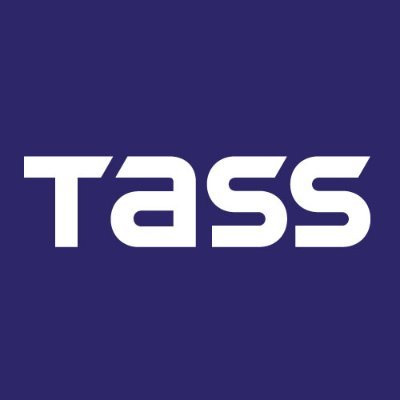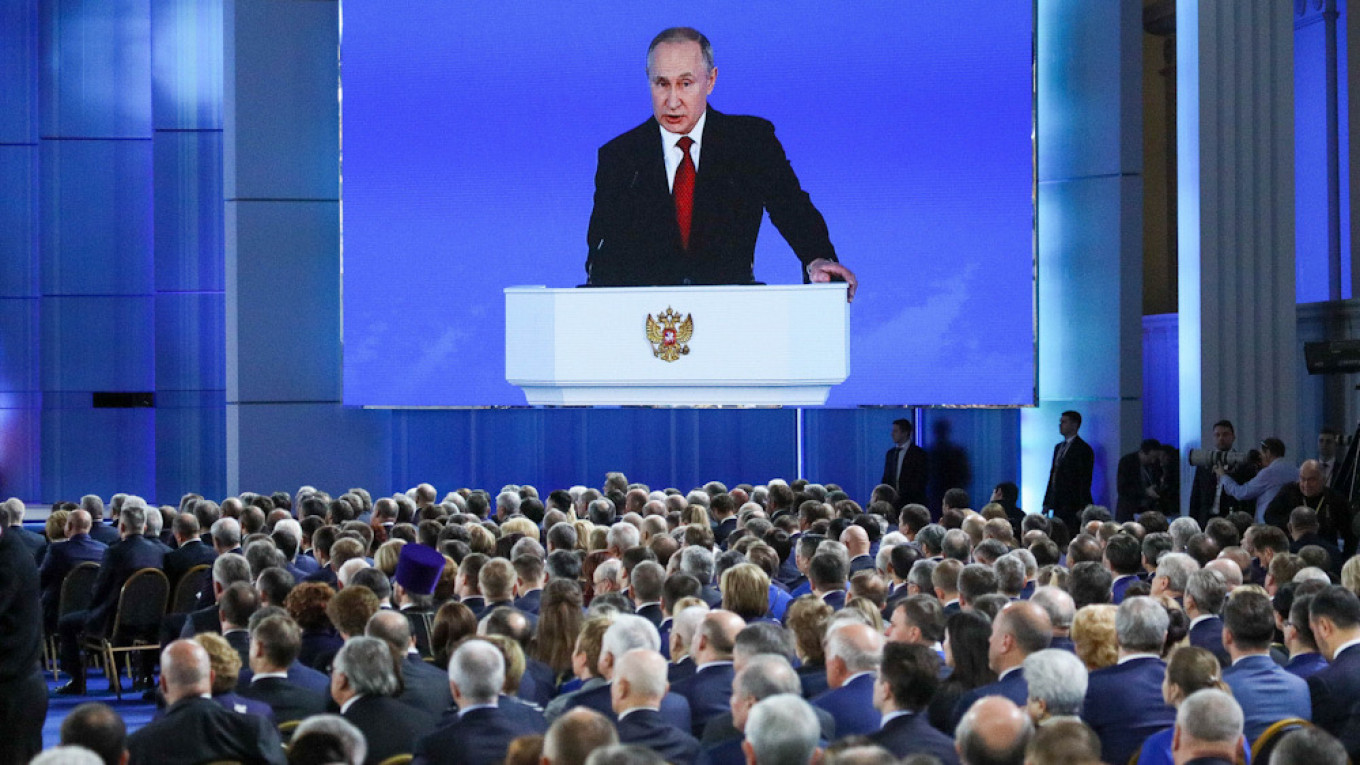Media: Putin paves TurkStream’s way through Serbia, touches on Kosovo
Talks between Russian President Vladimir Putin and his Serbian counterpart Aleksandar Vucic focused on plans to extend the second line of the TurkStream gas pipeline and the issue of Kosovo, Nezavisimaya Gazeta writes. During Putin’s visit to the Serbian capital, the two countries signed agreements worth about 200 mln euro, Izvestia adds.
"The meeting confirms that the partnership is becoming strategic," said Federation Council Foreign Affairs Committee Deputy Chairman Andrei Klimov. "Russian-Serbian relations are breeding significant projects, which are contributing to Serbia’s development. Belgrade, in turn, has been stating at every level that under no circumstances will it support the policy of sanctions," he said.
Media: Putin paves TurkStream’s way through Serbia, touches on Kosovo
Talks between Russian President Vladimir Putin and his Serbian counterpart Aleksandar Vucic focused on plans to extend the second line of the TurkStream gas pipeline and the issue of Kosovo, Nezavisimaya Gazeta writes. During Putin’s visit to the Serbian capital, the two countries signed agreements worth about 200 mln euro, Izvestia adds.
"The meeting confirms that the partnership is becoming strategic," said Federation Council Foreign Affairs Committee Deputy Chairman Andrei Klimov. "Russian-Serbian relations are breeding significant projects, which are contributing to Serbia’s development. Belgrade, in turn, has been stating at every level that under no circumstances will it support the policy of sanctions," he said.
In the long run, the energy sector is key to cooperation between both countries, said Senior Researcher with the Institute for Slavic Studies at the Russian Academy of Sciences Pyotr Iskenderov. "Serbia is a landlocked country, the nearest LNG terminal is in Croatia, and it does not operate at full capacity. This makes it possible for our countries to boost cooperation in the area of pipeline gas supplies," the analyst said. "Serbia needs to ensure its priority importance for the export of Russian gas through the TurkStream infrastructure as soon as possible. At the moment, Belgrade has every chance to become a key gas distribution hub in the Balkans," Iskenderov added.
However, it is of little use to expect that the signing of binding contracts to extend TurkStream will be accelerated, says Freedom Finance analyst Anastasia Sosnova. "The parties may face political obstacles created by Brussels," the expert told Nezavisimaya Gazeta. Managing Partner of Veta Expert Group Ilya Zharsky, in turn, does not rule out that the United States will view the new lines of TurkStream as separate new pipelines and the project’s participants will come under pressure in this regard.
As for talks between the Russian and Serbian presidents, the Kosovo issue was also touched upon. Vucic said, "it is clear that without Russia’s powers in the UN Security Council, there will be no solution." Putin restated that Russia called on Belgrade and Pristina to reach a viable and mutually acceptable solution based on UN Resolution 1244.
The Kosovo issue has been a thorn in the international community's side for a long time, Director of the Progressive Politics Foundation Oleg Bondarenko said. "If it is possible to recognize Kosovo’s independence, then many regions in other countries will be willing to claim independence," he told Izvestia, adding that Serbia’s territorial integrity to a large extent depends on Moscow.
Kommersant: Russia’s new weapons put US defense system on its toes
Russia’s newly developed weapons has necessitated the United States to upgrade its defenses, says the revamped Missile Defense Review unveiled by US President Donald Trump. Compared to similar documents released in previous years, the new strategy places far more emphasis on the Russian threat, Kommersant writes.
Russia got much attention in the document. One of the claims is that Moscow (along with Beijing) creates cruise and hypersonic missiles that "can travel at exceptional speeds with unpredictable flight paths." A thing to remember is that Putin shed light on Russia’s newly developed weapons of that kind in his State of the Nation address to the Federal Assembly in 2018. Another US claim is that Moscow provides assistance to Washington’s adversaries and rivals. It sold the S-400 systems to China and the S-300 systems to Iran, and also helped North Korea develop mobile air and missile defenses.
However, experts have already pointed to the strategy’s flaws. "Rumors have it that President Trump’s constantly changing national security advisors suggested focusing on different threats, and each time they caused considerable alterations to the document. As a result, the Review does not mention any drivers for the development of US missile defenses," Andrei Baklitsky, an expert with the PIR Center and a research fellow at the Russian Foreign Ministry’s Diplomatic Academy, told Kommersant. "Against all expectations, no mention is made of protection from Russian and Chinese strategic forces (the US nuclear arsenal is expected to deter them). In the end, America's missile defenses turn out to be aimed at providing protection from North Korea (despite improved relations between the two countries), Iran (although it does not have missiles that have the necessary range) and accidental missile launches in unnamed countries.
"Plans for the future look vague," Baklitsky went on to say. "The Review suggests deploying new silo-based interceptor missiles to Alaska, which were funded by Congress last year. As for everything else, including the controversial issues of space-based defensive layers and deterring hypersonic glide vehicles, the Pentagon has taken another six-month break. The results of more than a year’s work can be described like this: much cry and little wool," the expert concluded.
Izvestia: RUSADA has high chances to remain compliant with WADA
Chances are high that the Russian Anti-Doping Agency (RUSADA) will remain compliant with the World Anti-Doping Agency (WADA) Code, a WADA source and several experts told TASS. The world agency is expected to announce its decision on January 22.
According to RUSADA Deputy Director General Margarita Pakhnotskaya, there are three possible options: WADA will either confirm RUSADA’s reinstatement or cancel it or delay the decision.
The issue of RUSADA’s status reemerged at the end of last year. The agency had been reinstated in September 2018 on the condition that WADA would get access to the data kept at the Moscow Anti-Doping Laboratory. However, the process failed to be completed as the equipment WADA experts brought had not been certified in accordance with Russian laws. In early 2019, the problem was resolved and WADA experts got down to work once again. Eventually, their mission to retrieve data from the laboratory was wrapped up and they left Moscow on Thursday night.
A WADA source told the newspaper that RUSADA had high chances to remain compliant. "First of all, this is due to the activities of RUSADA Director General Yuri Ganus, whom all members of the WADA Executive Committee respect and trust, as well as of Russian Sports Minister Pavel Kolobkov, who was willing to meet the Agency halfway and provided access to samples stored at the Moscow laboratory," the source said.
According to Federation Council member and former Russian Olympic Committee President Leonid Tyagachev, there are many people on other countries’ national Olympic committees and in anti-doping agencies, who have a positive attitude towards Russian sports. Tyagachev said that in recent years, Russia managed to regain its position in international organizations.
Rossiyskaya Gazeta: How safe were the skies in 2018?
According to the Aviation Safety Network, 15 civilian aircraft certified to carry 14 and more passengers, crashed in 2018, killing a total of 556 people. Member of the Flight Safety Foundation-International and President of the Aviation Safety Consultancy and Analytics Agency Valery Shelkovnikov told Rossiyskaya Gazeta what is behind those figures.
According to him, there was one air crash per 2,520,000 flights in 2018, which is more than in 2017. At the same time, the expert opposed the assertion that most emergencies occur during the final approach to the runway and landing. "The flight along the route is the most dangerous part: there were nine such crashes. The worst one happened on October 29 and involved a Boeing 737 belonging to Indonesia’s Lion Air. Just minutes after takeoff from Jakarta, the crew made a distress call and decided to return to the airport of departure. However, the aircraft crashed into the sea and sank, killing 189 people," the expert noted.
Shelkovnikov pointed to the need to reduce the number "of air accidents stemming from the in-flight loss of control," since "this was the cause of more than half of the crashes in the past five years."
READ ALSO
Russian Foreign Minister Sergey Lavrov
Russian top diplomat says further untoward steps can be expected from Washington
The expert also emphasized the risk that unmanned aerial vehicles posed. "Over the past five years, drones endangered flights in Canada’s airspace about 500 times. This is why the major challenge now is to ensure the safe integration of unmanned aerial devices into the airspace open to all," he noted.
When speaking about flight safety in Russia, Shelkovnikov stressed, "the need to get rid of self-complacency once and for all." According to the expert, it is necessary to seriously address the prevention of air accidents, conduct daily monitoring of aviation developments across the world, and assess risks.
Nezavisimaya Gazeta: Ruble bound to weaken if current oil prices persist
The Russian government is confident that spending budget tax revenues on foreign exchange purchases won’t affect the ruble’s rate much. Meanwhile, independent analysts believe that this, together with declining oil prices, may weaken the rate to 75 rubles per dollar, Nezavisimaya Gazeta notes.
Oil production has been increasing in the United States amid growing concerns that the demand for raw materials will drop due to a global economic slowdown. Investors, in turn, doubt that the December OPEC+ deal will prove to be effective, which only adds fuel to the fire.
Apart from external factors, internal ones may turn out to be no less important for the ruble. Russia’s Central Bank plans to buy foreign currency to the tune of 15.6 bln rubles every day until February 6, which means that it will purchase about $4 bln in total.
"If oil prices remain at the current level of about $60 per barrel and the Central Bank continues regular foreign currency purchases, then the US dollar to ruble exchange rate may rise above 75," Raiffeisenbank analysts say.
The dollar’s exchange rate will easily break through the 70-ruble mark once the Russian Finance Ministry enters the market to buy foreign exchange for real, Alor Brokerage analyst Alexei Antonov said. "It will have to buy at a fast pace because purchases were suspended last year. I expect 2.8 bln rubles ($42.1 mln) to enter the foreign exchange market every day for the next couple of months and under these circumstances, the ruble’s exchange rate is bound to fall," he noted.
"Foreign currency purchases in accordance with the Finance Ministry’s budget rule are putting pressure on the ruble, but it is more reasonable to talk about the ruble’s growth being limited rather than about direct pressure on it,” FxPro analyst Alexander Kuptsikevish said. Nevertheless, the expert does not rule out that the dollar’s rate will reach the 75-ruble mark, though no sooner than 2020. He views the negative effect of sanctions as the major reason for that.



_jpg/250px-ElbeDay1945_(NARA_ww2-121).jpg)









